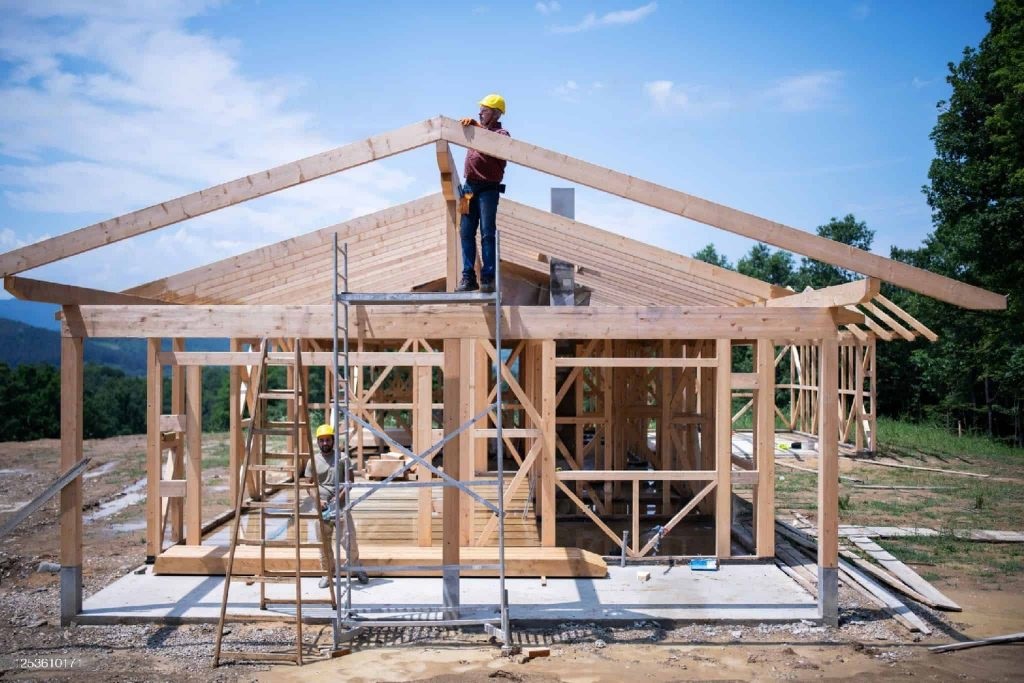When it comes to building your dream home, choosing the right construction materials is crucial. Not only do they determine the overall aesthetics of your house, but they also have a significant impact on its durability and energy efficiency. With various options available in the market, selecting the best material for your climate can be a challenging task.
Climate plays a vital role in determining which material will work best for your house. Factors such as temperature, humidity, and precipitation can greatly affect the structural integrity and performance of different building materials. Let’s take a closer look at some popular construction materials and how they fare in various climates.
Understanding Your Climate
Before diving into the materials, it’s essential to understand your climate. Different regions experience different weather patterns, and it’s crucial to consider these when selecting your construction materials. For example, areas with high humidity may experience more moisture-related issues such as mold and rot, while areas with extreme temperatures may require better insulation.
It’s also important to consider long-term weather trends in your region. Climate change has resulted in more extreme weather events, and it’s important to choose materials that can withstand these conditions.
Common House Construction Materials and Their Suitability for Different Climates
Now let’s take a closer look at some popular house construction materials and how they perform in different climates:
Wood
Wood has been a popular construction material for centuries due to its natural beauty, versatility, and ease of use. However, wood is vulnerable to moisture and can easily warp or rot in humid climates. In regions with heavy rainfall or high humidity levels, it’s important to choose treated or specially designed wood that is resistant to moisture and rot.
Brick
Brick is another popular choice for house construction, known for its strength and durability. However, it can be prone to cracking in areas with extreme temperatures. In colder climates, bricks may expand and contract due to freeze-thaw cycles, leading to cracks. On the other hand, in hotter climates, excessive heat can cause bricks to soften and lose their strength.
Concrete
Concrete is a highly versatile and durable building material that is suitable for a wide range of climates. It can withstand extreme temperatures, high winds, and heavy rainfall without significant damage. However, it’s important to ensure proper insulation in colder climates as concrete can absorb moisture and lead to cracks when frozen.
Metal
Metal, particularly steel, is a construction material that is renowned for its durability and longevity. It is a particularly good choice for roofing, as seen with the many metal roofing companies in Michigan where weather demands robust solutions. Metal roofing can withstand heavy snowfall and is not susceptible to rot or insect damage, making it an excellent option for colder and more variable climates. It also reflects solar radiant heat, which can keep homes cooler in the sunny summers of the Midwest. However, it is crucial to invest in proper rust-proof coatings to protect against the humid conditions that can lead to corrosion over time.
Vinyl
Vinyl has become a popular choice for house construction due to its affordability and low maintenance needs. However, it may not be the best option for areas with extreme temperatures. In colder climates, vinyl can become brittle and crack, while in hotter climates, it can warp and fade.
Making the Right Choice for Your Home
When selecting construction materials for your home, it’s important to consider not only the current climate but also potential changes in weather patterns. It’s also essential to consult with a professional contractor or architect who has experience working with different materials in your specific climate.
By understanding the characteristics and limitations of each material, you can make an informed decision that will result in a beautiful, durable, and energy-efficient home that can withstand the challenges of your climate for years to come. Remember to also consider factors such as cost, maintenance needs, and eco-friendliness when making your decision.
In conclusion, there is no one-size-fits-all solution when it comes to choosing construction materials for your home. Each material has its strengths and weaknesses in different climates, and it’s crucial to consider these factors before making a decision. With the right research and guidance, you can find the best material that will not only withstand your climate but also meet your aesthetic and practical needs. So, take your time, do your research, and make an informed decision for a home that will stand the test of time in your unique climate.
